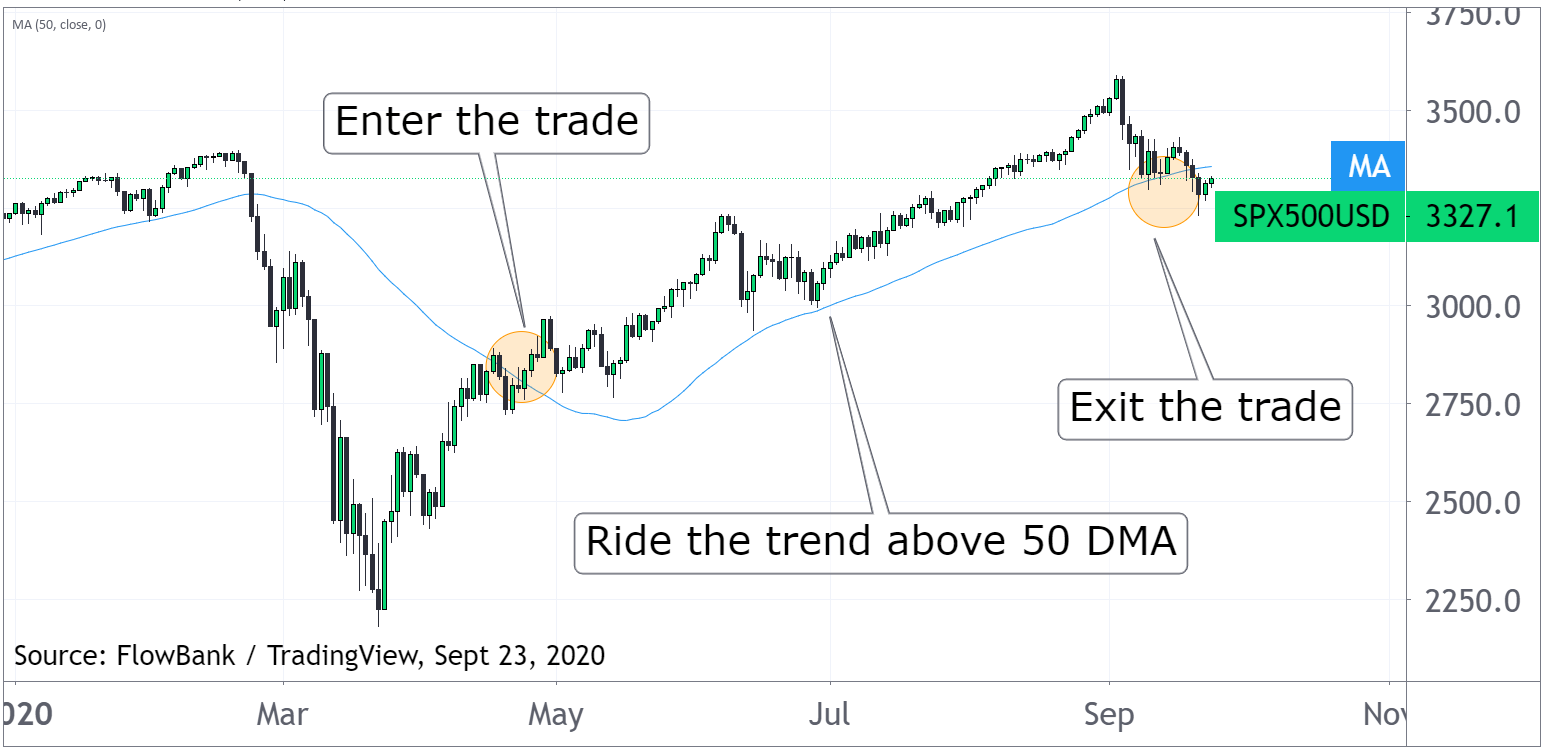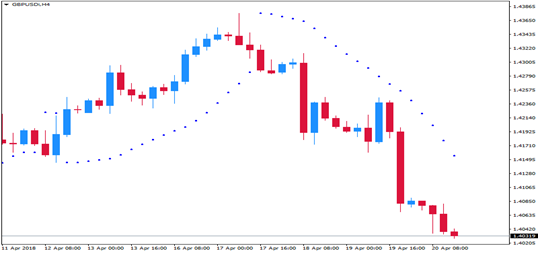Once a trader has executed a trade, and it becomes profitable, the primary goal is to keep as much of the profit as possible and avoid it becoming a loss.
To prevent this from happening, the trader can move his/her stop-loss order to a level that protects at least part of the unrealized profits. Whether a trader is buying or selling short, there are various ways to employ a stop-loss order to try to protect profits.
[Definition] A trader places a stop loss order to automatically cut losses in a trade at or near a price specified by the trader. The order executes at the next best market price after the bid or ask touches the price level - depending on whether it is a buy or sell stop order.
Moving stop-loss orders to breakeven
One of the most basic ways a trader can employ a stop-loss order to protect profits is to move the order to just better than breakeven.
Traders looking to make a profit from a price rise in the market can execute this technique by placing their stop-loss order slightly above their initial buy order.
For example, if a trader makes an initial buy at €12,000 in the DAX index, and the market then advances to €12,030, he may move his stop-loss order to €12,005, five points above breakeven. This enables him to protect at least a portion of his profits if the market turns back down.
The reverse is true for traders who are selling short. Using the same example as above, if the trader makes an initial entry to sell the DAX short at 12,000; they might move the stop order down to 11,995 once the market moves several points lower. Again, this enables the trader to lock in at least part of the profits.
Moving averages to adjust a stop loss
When the market continues to move in a trader’s favor, he can use stop-loss orders to protect his profits by periodically adjusting its placement in accordance with the market’s price movement. One popular method for determining stop-loss order placement is by placing the stop slightly below a major moving average – if a buyer – or slightly above a moving average if selling short.

The theory behind using moving averages to help place stop-loss orders is relatively simple. When there is an uptrend in place, price tends to stay above a major moving average such as the 10, 20, or 50-period moving average. Therefore, a trader can continue to move his stop orders, placing them slightly below the moving average that moves up along with, but slightly trailing, price. This enables continually locking in a larger amount of open profit as price advances, while ensuring to exit if the market turns to the downside.
Again, the opposite is true for traders selling short. The trader following a downtrend can move his stop order regularly, making sure to keep it just above a moving average line. This keeps them in the trade as the market moves further downward, but also acts as a safety net, stopping them out with at least part of the profits intact if the market should reverse to the upside.
Using other technical indicators
Traders may want to use other technical indicators to help them determine how to adjust their stop order placement. For example, traders can utilize the Parabolic SAR. This indicator, developed by the noted technical analyst, Welles Wilder, is purposely designed to trail trends and signal trend reversals. In fact, SAR stands for “stop and reverse”.

The SAR is represented on a chart by a series of dots that always trails price movement. It is illustrated on the chart below, where one can see that a trader who had bought into the uptrend on the left hand side of the chart would have captured a considerable portion of the advance in price before being stopped out when the price crossed the SAR dots.
A trader selling into the downtrend on the right hand side of the chart and keeping the stop above the SAR dots would have been able to safely continue to ride the downtrend without being stopped out by temporary upside retracements.
The same basic theory applies when using this indicator. A trader looking for upward movement can continue to adjust his stop order, placing it slightly below the Parabolic SAR dots. In the event that the market turns, the trader is stopped out before losing all of his profit. The trader selling short places his order just above the dots, thus protecting his gains and ensuring he will be protected if the market turns.
Traders may also elect to use any other of a number of technical indicators, such as Bollinger Bands or Fibonacci retracement levels, to determine stop-loss placement.
Conclusion
Every trader wants to maximise profit while also minimising risk. Here we have discussed three of the many ways that traders can utilize stop-loss orders to safeguard their profits in winning trades, with the assurance that they have some protection if the market turns against them.





